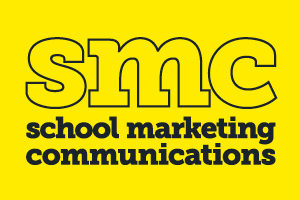We’ve witnessed a lot of embarrassing, and possibly career-ending, social media fails over the past few months. While most of them were attributed to carelessness and lack of supervision, some of these mishaps stemmed from well-intended ideas that just didn’t work out as planned. Whatever the reasons may be, these mishaps shared the same swift, relentless upheaval from the social media community, oftentimes with the uproar spilling to mainstream media.
As a school marketer, you rely on various internal and external communications systems, like email, blogs, and social media, to send your message to prospective parents and staff. It is your responsibility to monitor and filter content to prevent communication mishaps from occurring. This requires foresight, vigilance, patience, and most importantly, a proper screening system. You are accountable for the every word you type online, so it is important to have the right process in place internally, to spot any errors in communication before publishing.
Here are three ways to avoid school communication mishaps:
1. Vetting and supervising your ecommunications
Your school may not have someone solely responsible for managing your ecommunications, and the job may fall to an administrative assistant handling the distribution of your enewsletters. In any case these representatives are the face of your school online. Social media is one medium not to be overlooked and with it now driving almost a third of all referral traffic, it’s absolutely crucial that those responsible are up to the task. While mistakes can’t always be avoided, there are far too many examples of inexperienced or unsupervised staff getting free reign and wreaking havoc. Be sure your school’s social media account is in the right hands.
2. Responding appropriately to negative feedback
Negative feedback is inevitable. You can choose to ignore it, fight back or simply learn from it. How you respond says a lot about your school. Some schools operate under the assumption that they can simply delete negative comments without any repercussions. Others believe that ignoring negative comments is the best approach. Rather than avoiding, why not use these situations as opportunities? Respond thoughtfully and promptly. This will demonstrate your commitment to offering good customer service.
3. Offering generic responses
Having a plan will help you to respond to questions and comments from your ecommunications in a consistent manner. When facing a large volume of replies, be sure to never use the ‘cut and paste’ method, especially when responding to criticisms. If you cut corners by responding with a handful of generic responses, it will likely lead to significant backlash. Negative feedback and specific questions should generally be met with a thoughtful and personalised response.






